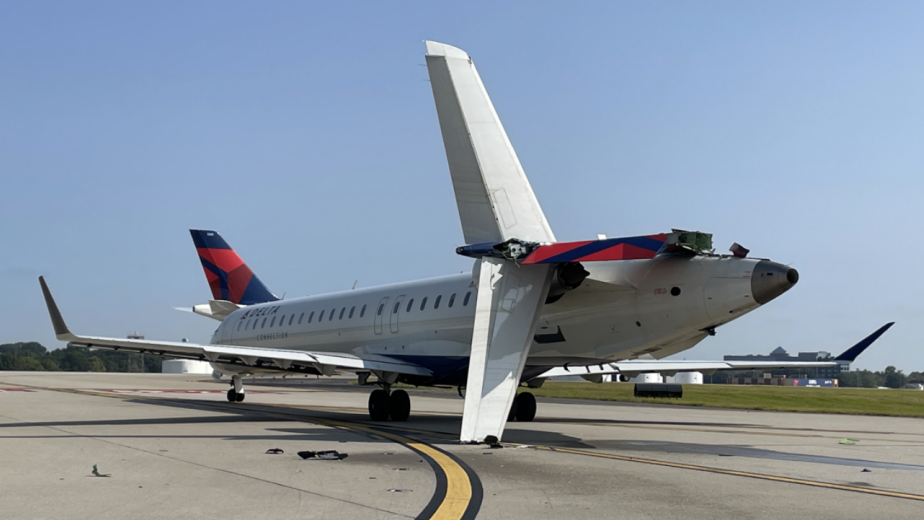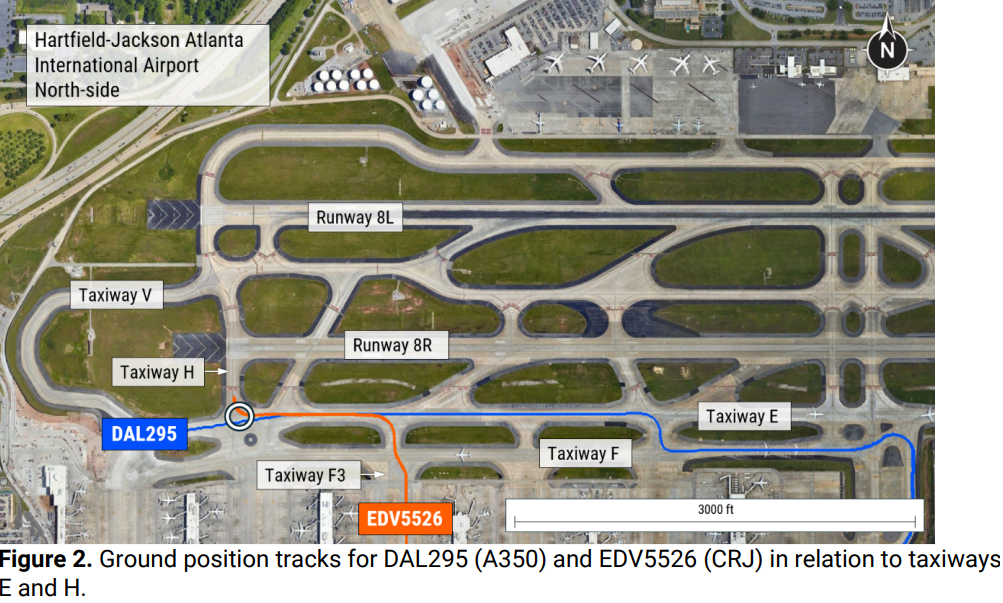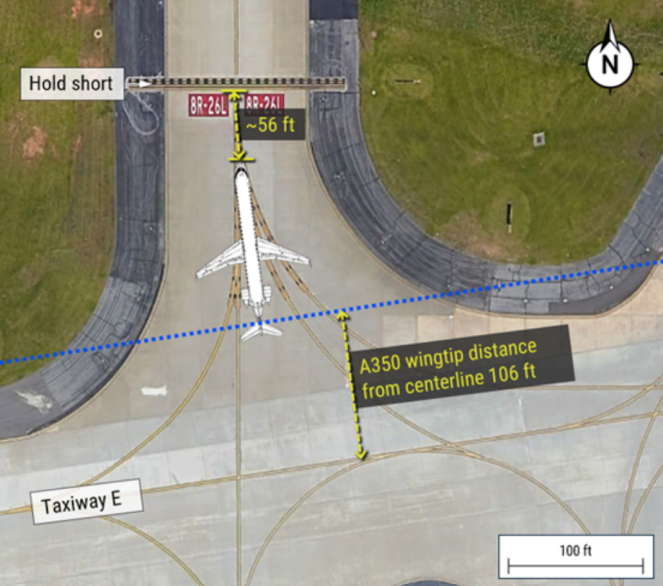The National Transportation Safety Board has released its preliminary report on the ground collision between two Delta Air Lines aircraft at Atlanta Hartsfield-Jackson Airport last month. While there’s some time before the final report comes out, the initial findings reveal key details about the series of events that preceded the incident.
The incident
On the morning of September 10, a ![]() Delta Air Lines
Delta Air Lines
Airbus A350 and a Delta CRJ-900 regional jet aircraft were involved in a ground collision. The widebody aircraft sustained minor damage to one of its wings, but the regional aircraft
had its tail section ripped off
, as seen in images and videos circulated widely on social media.
Photo: Kevin Hackert | Shutterstock
Naturally, an incident like this attracts regulatory attention and investigation. The National Transportation Safety Board ( NTSB
) has now released its preliminary findings that shed some light on what happened that day.
Collision while taxiing
The incident took place at about 10:07 on September 10 when a Delta Airbus A350-941, N503DN, collided with a CRJ-900, N302PQ, of Endeavor Air (operating for Delta Connection). The widebody jet was preparing to depart for Tokyo Haneda as flight 295, while the smaller regional jet was waiting for its takeoff clearance to fly to Lafayette Regional Airport, Lafayette Parish, Louisiana, as flight 5526. The NTSB’s report says,
“The CRJ was holding short of runway 8R on taxiway H waiting for takeoff clearance, and the A350 was taxiing along intersecting taxiway E. As the A350 passed behind the CRJ, where the taxiways intersected, the right wingtip of the A350 impacted the vertical stabilizer of the CRJ, which resulted in substantial damage to the empennage of the CRJ and minor damage to the A350.”
Photo: NTSB
After pushback, the A350 was given instructions that eventually led it to taxiway E, where ground control instructed the flight crew to have the airplane follow the CRJ on taxiway E and switch to tower frequency. The widebody jet’s flight crew observed the navigational alert message, “NAV GNSS-2,” on the lower electronic centralized aircraft monitor and informed ATC that they would need to coordinate with maintenance before departure.
The ATC
then instructed them to continue straight ahead on taxiway E as able and hold short of taxiway V to fix the issue. The captain of the A350 explained that he was “looking straight ahead and to the left to avoid the left wingtip from impinging on opposite direction traffic coming off taxiway V.” But just then, the right wingtip of the A350 impacted the vertical stabilizer of the CRJ.
CRJ900 was 56 feet behind the hold short line
The NTSB’s report states that CRJ was stationary, and the A350 was taxiing at a groundspeed of about 12 knots. In both jets, the captain was the pilot flying and the first officer was the pilot monitoring.
Photo: NTSB
The report states that during the collision, “the CRJ sustained lateral accelerations of 0.5 G left followed by 0.55 G right, and the CRJ’s heading was rotated about 9° clockwise.”
A final report is awaited for this, which will give a conclusive decision about how this incident happened and steps to prevent something like this from happening again.




